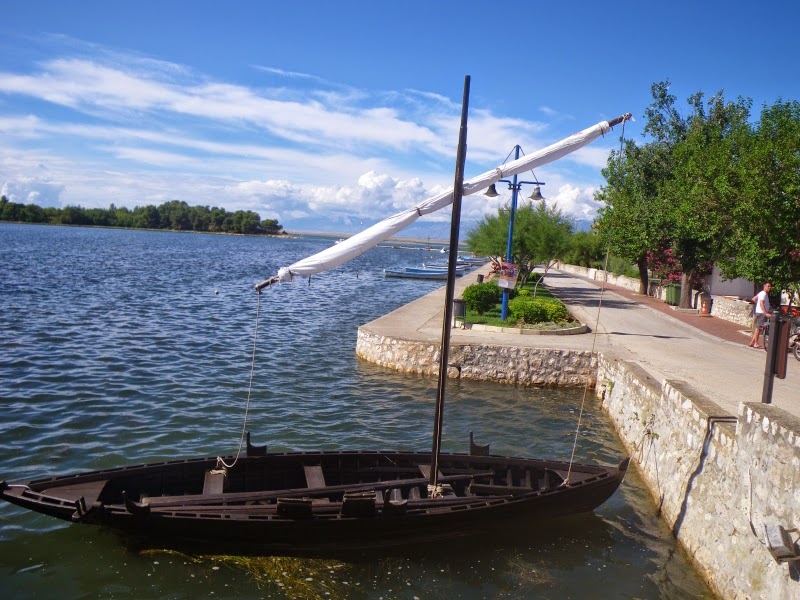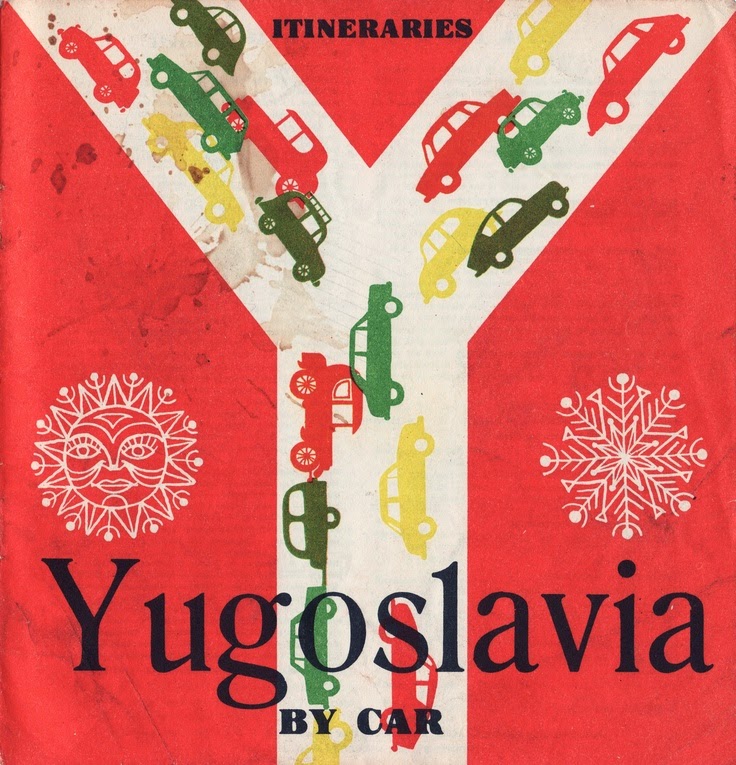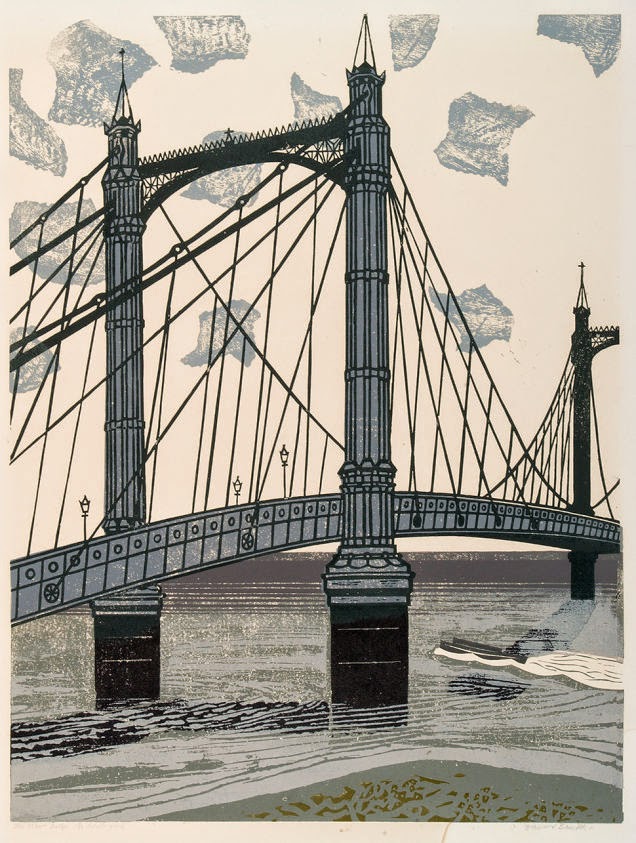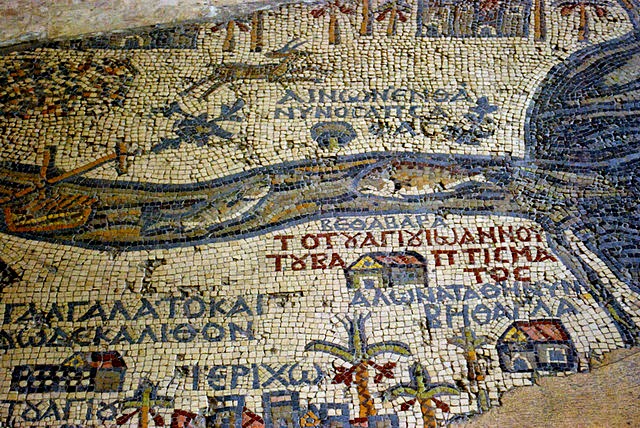One of the many great and heretofore unknown places that we discovered and explored while a vacation was the town of Nin, close to Zadar. The most ancient part of town, which goes back three thousand years, is situated on a little islet in the bay, connected to the mainland by a bridge and surrounded by salty marshes where salt harvesting from the Adriatic carries one to this day as it had for milennia. At the head of the bridge, there is a bronze sculpture of Duke Branimir of Croatia—the figure credited with first winning independence for the Croatian state by his allegiance to the Pope, who was the authority on sovereignty back then, and converting en masse his people.

Beforehand, the lands of Dalmatia had always been either under Byzantine or Frankish rule. Another influential figure from Nin—also captured in sculpture, subsequently threatened to jeopardise that relationship with Rome. Gregorius, Bishop of Nin was constantly courting displeasure by saying mass in his native tongue, instead of Latin, so his congregation could understand and interpret the message of the sermon for themselves.

Here, as powerfully imagined by artist Ivan Meštrović,
Grgur ninski looks like a Disney villian or some fire and brimstone preacher but still invites one to rub his toe for a blessing, and the statue was placed in the courtyard outside the Church of the Holy Cross (
Crkva svetog Križa), the former seat of the bisphoric. Gregorius' career was obscured by Church politics and during his tenure the bishop of Nin was dissolved, which enjoys the somewhat misleading distincion of being the tinest cathedral in the world.

Gregorius and the partitioners of Nin were not punished with this diminutive gathering place for their vernacular rebellion (and since there is no longer the office of the bishop in Nin, it cannot really be called a cathedral), as it was rather built probably as a private chapel for the neighbouring ducal residence originally. Research into its design and orientation also suggest that the structure functioned as an ingenious sun-dial and calendar (with the placement of the portals along the roof and wall) to trace the sun's path throughout the day and year.
 Beforehand, the lands of Dalmatia had always been either under Byzantine or Frankish rule. Another influential figure from Nin—also captured in sculpture, subsequently threatened to jeopardise that relationship with Rome. Gregorius, Bishop of Nin was constantly courting displeasure by saying mass in his native tongue, instead of Latin, so his congregation could understand and interpret the message of the sermon for themselves.
Beforehand, the lands of Dalmatia had always been either under Byzantine or Frankish rule. Another influential figure from Nin—also captured in sculpture, subsequently threatened to jeopardise that relationship with Rome. Gregorius, Bishop of Nin was constantly courting displeasure by saying mass in his native tongue, instead of Latin, so his congregation could understand and interpret the message of the sermon for themselves. Here, as powerfully imagined by artist Ivan Meštrović, Grgur ninski looks like a Disney villian or some fire and brimstone preacher but still invites one to rub his toe for a blessing, and the statue was placed in the courtyard outside the Church of the Holy Cross (Crkva svetog Križa), the former seat of the bisphoric. Gregorius' career was obscured by Church politics and during his tenure the bishop of Nin was dissolved, which enjoys the somewhat misleading distincion of being the tinest cathedral in the world.
Here, as powerfully imagined by artist Ivan Meštrović, Grgur ninski looks like a Disney villian or some fire and brimstone preacher but still invites one to rub his toe for a blessing, and the statue was placed in the courtyard outside the Church of the Holy Cross (Crkva svetog Križa), the former seat of the bisphoric. Gregorius' career was obscured by Church politics and during his tenure the bishop of Nin was dissolved, which enjoys the somewhat misleading distincion of being the tinest cathedral in the world. Gregorius and the partitioners of Nin were not punished with this diminutive gathering place for their vernacular rebellion (and since there is no longer the office of the bishop in Nin, it cannot really be called a cathedral), as it was rather built probably as a private chapel for the neighbouring ducal residence originally. Research into its design and orientation also suggest that the structure functioned as an ingenious sun-dial and calendar (with the placement of the portals along the roof and wall) to trace the sun's path throughout the day and year.
Gregorius and the partitioners of Nin were not punished with this diminutive gathering place for their vernacular rebellion (and since there is no longer the office of the bishop in Nin, it cannot really be called a cathedral), as it was rather built probably as a private chapel for the neighbouring ducal residence originally. Research into its design and orientation also suggest that the structure functioned as an ingenious sun-dial and calendar (with the placement of the portals along the roof and wall) to trace the sun's path throughout the day and year.




















